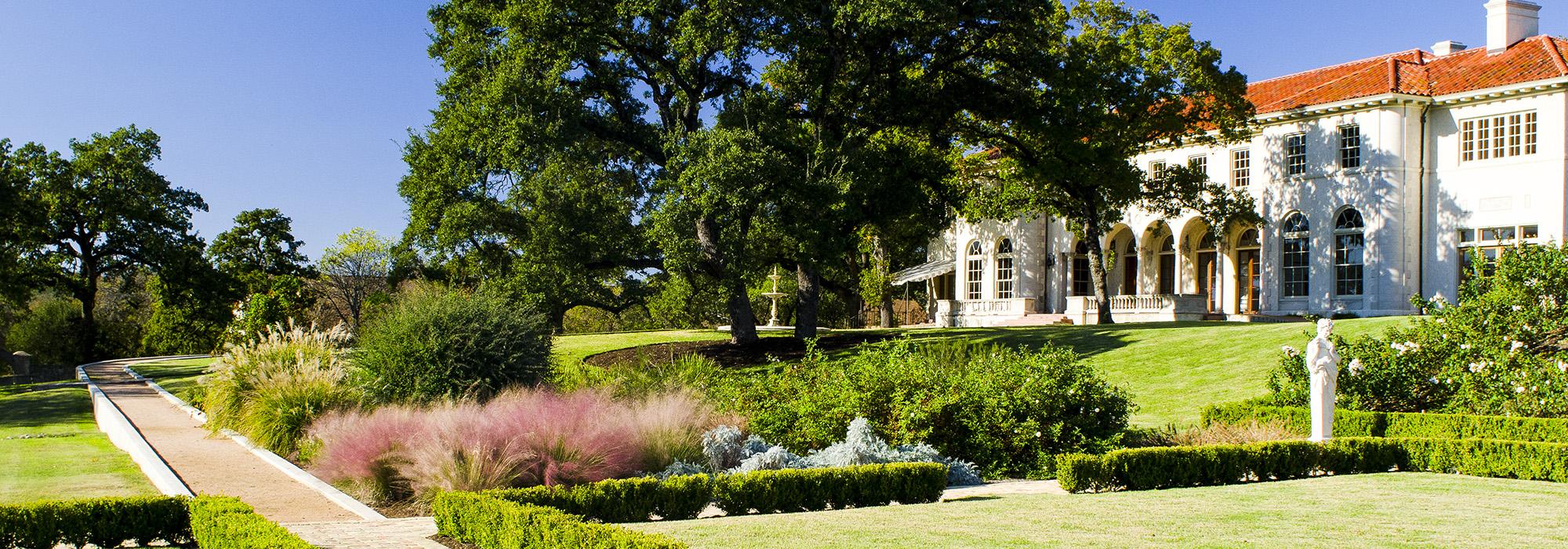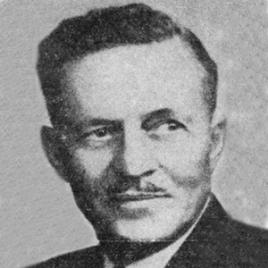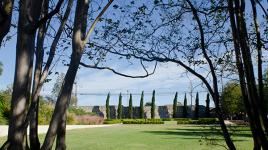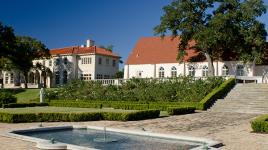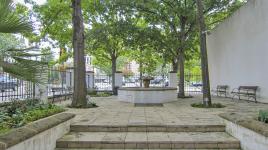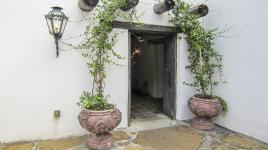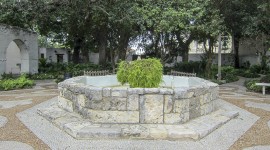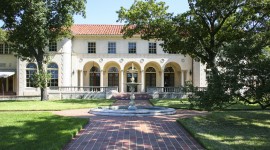Pioneer Information
Born in Denton, Texas, Fry graduated from Texas A&M University. In 1917 he enrolled in the First Officers Training Camp in Leon Springs, Texas, then serving in the U.S. Army during World War I and attaining the rank of captain with a personal recommendation from General Pershing. Fry remained in France following the war, studying architecture at the École Nationale Supérieure des Beaux-Arts. He completed a one-year program in agriculture at Cornell University in 1920 before settling in Austin, Texas.
Among Fry’s notable landscape projects in Texas are the Fair Grounds for East Texas Cotton Palace in Waco, the restoration of the Spanish Governor’s Palace in San Antonio (including the design of its interior patio), and work on the Commodore Perry Estate in Austin. He also collaborated with the firm Ayres & Ayres in 1928 on the 89-acre Frank and Merle Buttram house and garden (formerly the Oklahoma City Museum of Art, 1968–2002), in Oklahoma City, Oklahoma. The Buttram House and the Commodore Perry Estate were listed in the National Register of Historic Places in 1990 and 2014, respectively.
Fry’s career as a landscape architect spanned 34 years, with projects in Dallas, Fort Worth, and San Antonio, as well as several neighboring states. He once again served his country in World War II, after which he was commissioned to work on eleven official cemeteries for America’s war-dead, including the Luxembourg American Cemetery and Memorial at Luxembourg City, Luxembourg (with Alfred Geiffert, Jr.), where he designed the grave site of General George Patton. Fry was a member of the planning boards of San Antonio, Fort Worth, and Dallas, and had attained the rank of lieutenant-colonel before his death in 1965.



